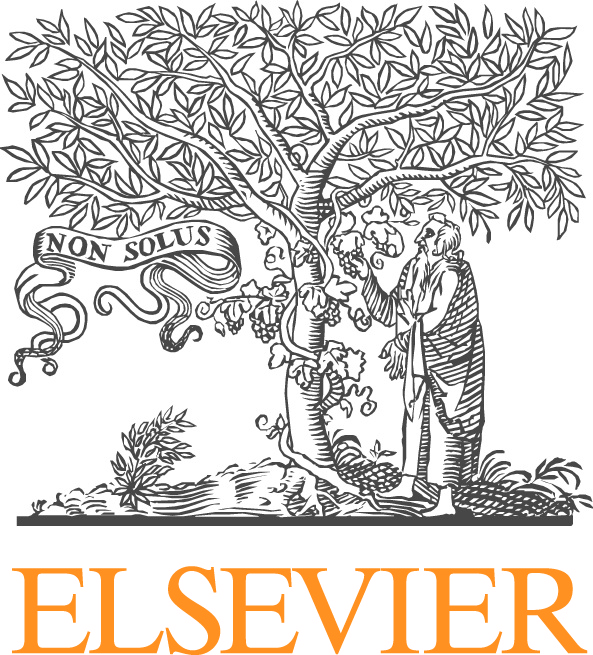Atomistic Computation of Continuum Quantities
Atomistic modeling of materials helps us obtain accurate constitutive laws and their associated material constants which are eventually used in continuum models to predict the macroscopic mechanical and thermal response of a material. For example, material constants such as the elasticity tensor and the heat transport coefficient are obtained by computing continuum quantities such as stress and heat flux respectively for the underlying atomistic system. In addition, material constants are required on-the-fly in various multiscale methods which couple an atomistic model to a continuum model thus making the problem computationally challenging. The main aim of this mini-symposium is to address the challenges involved in the existing methods to compute continuum quantities for atomistic systems, and to propose new methods that shed light on the relationship between the emerging materials constants and the microscopic structure.
Over the years, physicists have developed ingenious methods to obtain material properties. The use of hydrodynamic fluctuations and correlation functions which result in the famous Green-Kubo relations has been one of the primary tool to obtain transport coefficients. Continuum quantities appearing in the balance laws such as the energy density, heat flux vector and the stress tensor can be systematically computed using the relations provided by the Irving-Kirkwood procedure. This mini-symposium is an avenue to address some of the following challenges involved in the existing methods:
1. Obtaining convergence using correlation functions to calculate material constants is time consuming, and it is a serious bottleneck in multiscale methods. Therefore, there is a need to develop new methods that are computationally efficient.
2. Our interest in micro/nano-sized systems has resulted in the design of experiments at the this scale which has been extremely challenging. For a given constitute law, the material constants resulting from experiments designed at this scale have a very large variance, which makes it difficult to establish the veracity of a computational method. In particular, this can be observed in soft materials such as lipid bilayers and liquid crystals.
3. Moreover, at the micro/nano-scale the constitutive law itself changes. For instance, this can be seen in the form non-Fourier type behavior of heat conduction in certain materials. Therefore, in the absence of an accurate experimental result, it is absolutely necessary to rigorously study the continuum definitions for atomistic systems.
The main aim of this minisymposium is to bring together recent ideas from varied disciplines and address the challenges involved in the atomistic computation of continuum quantities.





